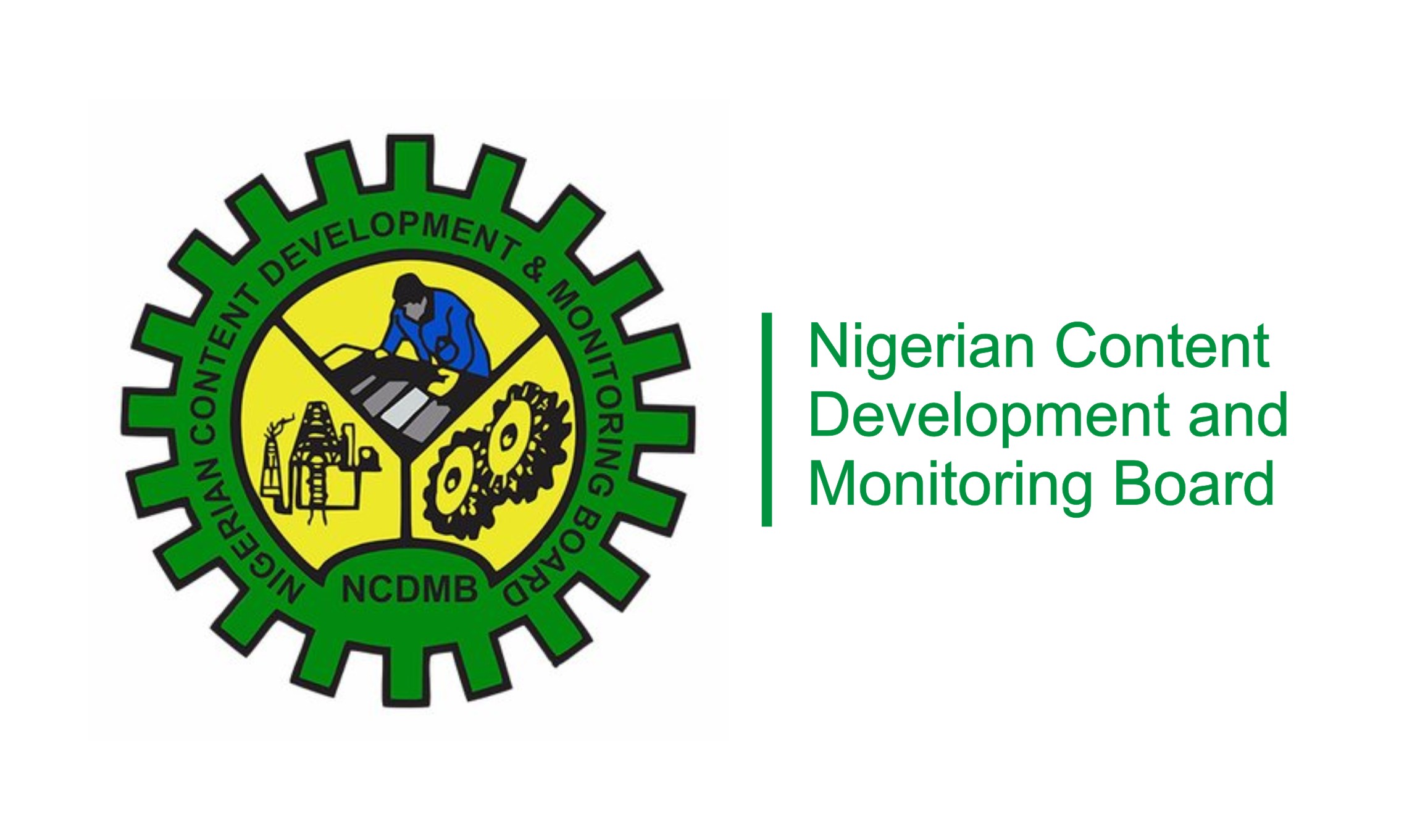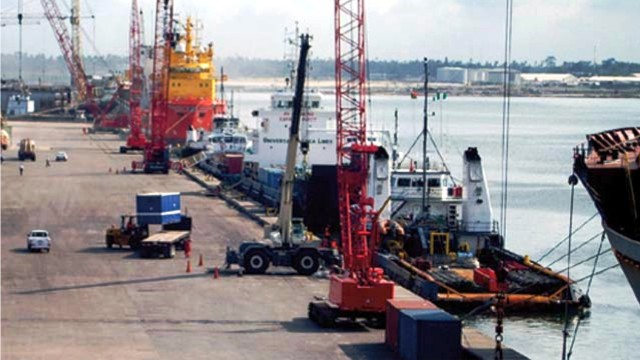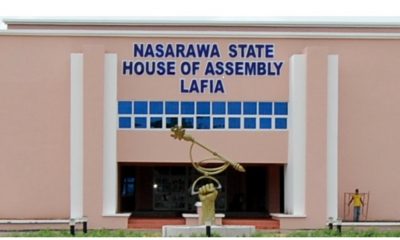Business
World Bank Alerts On Rising Food Prices
The World Bank on Monday said it is ready to help governments respond to a broad-based run-up in grain prices that has again put the world’s poorest people at risk.
It also said that the increase in prices could have lingering detrimental impacts for years.
“We cannot allow short-term food-price spikes to have damaging long-term consequences for the world’s most poor and vulnerable,” World Bank Group President Jim Yong Kim said in statement.
“The World Bank and our partners are monitoring this situation closely so we can help governments put policies in place to help people better cope,” said Kim, a public health expert facing his biggest challenge in two months on the job.
A severe drought in the US Midwest has cut projected grain yields dramatically, reviving memories of 2008 when a sharp increase in food prices caused riots in some countries and raised questions about the use of crops to make biofuels.
Wheat prices have jumped more than 50 per cent and corn prices more than 45 per cent since mid-June, with dry conditions in Russia, Ukraine and Kazakhstan, excessively wet weather in Europe and a below average start to the Indian monsoon season adding to global crop worries.
Prices for soybeans, a critical food and animal feed crop, also have risen almost 30 per cent over the past two months and nearly 60 per cent since the end of last year.
“When food prices rise, families cope by pulling their kids out of school and eating cheaper, less nutritious food, which can have catastrophic life-long effects on the social, physical, and mental well being of millions of young people,” Kim said.
Kim said the bank has a number of programmes to help governments should the situation worsen.
Those include policy advice, increased agriculture and agriculture-related investment, fast-track financing, risk management products and work with the UN and private voluntary groups to help governments make more informed responses to global food price spikes.
“In the short-term, measures such as school feeding programmes, conditional cash transfers, and food-for-work programmes can help to ease pressure on the poor,” Kim said.
“In the medium- to long-term, the world needs strong and stable policies and sustained investments in agriculture in poor countries.”
World Bank officials stressed there is no indication, based on current crop forecasts, of any major grain shortages resulting from the reduced harvests this year.
In addition, lower prices for oil, fertilizer and shipping than in 2008 will ease the cost of importing food and planting next year’s crop, the bank said.
But Marc Sadler, head of agriculture risk management at the World Bank, said the situation is also “more complicated” than in 2008, when rice and wheat prices rose the most and then fell sharply the next year when planting increased.
“The difference now is, if you look across the board, all prices are up,” making it tougher for farmers to decide how to allocate their acreage, Sadler said.
“When corn prices are up, bean prices are up and wheat prices are up, which one, as a farmer, do you go for?” he asked.
Business
NCDMB, Dangote Refinery Unveil JTC On Deepening Local Content

Business
Industry Leaders Defend Local Content, … Rally Behind NCDMB

Business
Replace Nipa Palms With Mangroove In Ogoni, Group Urges FG, HYPREP

-
Niger Delta12 hours ago
C’River Hands Over Rubber Plantation to Private Company
-

 Nation11 hours ago
Nation11 hours agoHYPREP Reaffirms Support For Ogoni Youths …Organises Workshop For Undergraduates
-

 Business13 hours ago
Business13 hours agoIndustry Leaders Defend Local Content, … Rally Behind NCDMB
-

 Politics10 hours ago
Politics10 hours agoNasarawa Speaker Advocates Conducive Executive/Legislature Relations
-
Niger Delta12 hours ago
Delta Leverages On Extensive River Networks To Drive Blue Economy
-
News11 hours ago
FG Renames University of Maiduguri After Buhari …As Tinubu Pours Encomiums On Late President
-
News13 hours ago
PCRC Dismisses Claims Of Police Strike As Fake, Mischievous
-

 News9 hours ago
News9 hours agoRivers PDP Debunks Sale Of LGA Election Forms

